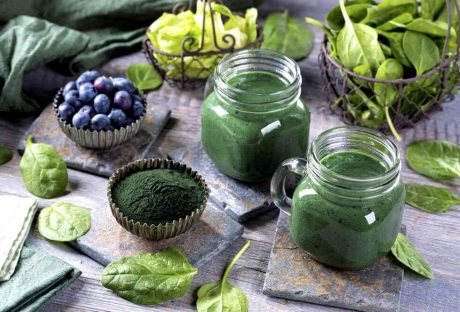While doing yoga at home is extremely convenient, a daily practice can become stifled over time and feel just as exciting as doing the dishes. The good news is there are several things you can do to spice up yoga sessions and get enough motivation to have a steady home practice. Here are some useful ideas.
Sanctify a Spot
You’re much more likely to stay committed to your home practice if you have a space that’s dedicated to yoga. Choose a specific spot in your home and reserve it specifically for your practice. Declutter it by removing items that are non-yoga related. You won’t fully concentrate on yoga if you can see a stack of emails, books, or toys. Don’t forget to move around furniture and objects that can hinder your stretches during asanas.
Space needs to set the tone for your practice, so decorate it with intention. Candles, fresh flowers, and small statues are some of the decorative pieces that can transform your space into a little studio you’ll love and crave to be in.
Change the Setting
What if you already have a dedicated spot for doing yoga but are finding practicing there less exciting? Well, alter the setting. If you practice in the same place every day, the familiar surroundings can trigger a thought pattern that allows boredom to set in. If you usually practice without mirrors, incorporate them into your space. They’ll help you perfect your alignment. If you usually use mirrors, eliminate them. Take the chance to tap more into your instincts and focus on creating a more intense connection to your breath and self.
A fantastic idea to break monotony is taking your yoga practice outside. Mother Nature has a unique way of awakening the senses, replenishing depleted energy, and reigniting your love for the practice.
Be Flexible With Time
You’ll get maximum benefits from yoga if you practice consistently. However, consistency doesn’t imply having a set time for practice. You can practice yoga at any time and still reap its benefits. The important thing is to set aside time each day and require a minimum session duration for yourself, for example, 20 minutes in the morning or evening. Flexibility with time allows you to attend to your family or work or catch your best TV show without feeling any guilt.
For many people, the ideal time for practice is late evening or early morning. Just be sure to tailor your routine to the specific time of day you choose to practice. For example, morning sessions are better if they include plenty of hip, chest, and shoulder openers. For evening sessions, end them with supine twists and an extended savasana, which will slow your systems down for sweeter slumber.
Spice Your Style
The beauty of doing yoga at home is that you can choose to practice any style you want. There are countless online classes to give you insights into different yoga styles. If you feel your current style is missing something, don’t be afraid to switch or mix it up. Look for a new style that interests you and incorporates it into your practice.
A great way to take stagnation out of your sessions is by occasionally throwing in new and challenging asanas to your routine. Believe it or not, all the falling and failing as you attempt new balance poses or handstands will make your sessions more purposeful and engaging. The challenges will give you something to look forward to and work towards.
Upgrade Your Yoga Tools
New tools can put the fun back in your yoga practice. There are countless tools and toys you can purchase to benefit your practice, including a new mat, yoga wheel, yoga swing, mala beads, singing bowls, crystals, and essential oils. An essential oil diffuser combined with relaxing music and the rosy glow of a salt lamp or candlelight can increase mindfulness and transform your practice. Just make sure you check the reviews of different types of essential oil diffusers so that you can choose the right one for your home yoga space.
Create a Family Yoga Practice
Yoga is for everyone regardless of his or her size or age. Taking the time to explore the breathing exercises and poses can create a deeper bond between family members in addition to providing healthy fun, greater calm, and spiritual connectivity. Family yoga should involve lots of creative play, laughter, and physical and verbal interaction. For even more fun, parents can allow kids to climb under, around, or on top of them as they practice.
Yoga helps keep your mind and body healthy. With these tips, you’ll stay happy, balanced, and consistent in your home practice.
Read Also:























All Comments
ig followers
I think that is good service, if i receive streams with real people.
ig followers
Awesome. Very clear. They are an awesome website. Will visit and use again!